
Quality, flexibility, and cost savings are driving use of perfusion technology in biosimilars manufacturing.

Quality, flexibility, and cost savings are driving use of perfusion technology in biosimilars manufacturing.

On July 25, 2016 Kite Pharma entered into an agreement with the University of California, Los Angeles, (UCLA) to advance development of off-the-shelf allogenic T-cell therapies from renewable pluripotent stem cells. The company entered into an exclusive license agreement with UCLA for an artificial thymic organoid (ATO) cell culture system. The ATO replicates the human thymic environment to support efficient ex vivo differentiation of T-cells from primary and reprogrammed pluripotent stem cells.

The collaboration will focus on the investigational candidate JTX-2011 and up to four other early-stage programs in immune-oncology.

GE further ramps up its cellular and gene therapy offerings with its acquisition of Biosafe, a cell processing solutions company.

A research team associated with Dr. Carl June announces it has discovered a way to engineer a patient’s own immune cells to recognize cancer-specific glycoantigens on tumor cells.

The first-ever use of CRISPR in humans will be evaluated by the National Institutes of Health during a meeting from June 21–22, 2016.

Results of a Phase II clinical trial reveal that stem-cell transplantation treatment following complete immune system destruction increases the duration of long-term remission in patients with multiple sclerosis.

Brammer Bio establishes late-phase development and commercial manufacturing facility for advanced cell and gene therapies in Lexington, MA.

The Cell and Gene Therapy Catapult released a review of their third annual survey of GMP cell and gene therapy facilities in the United Kingdom.
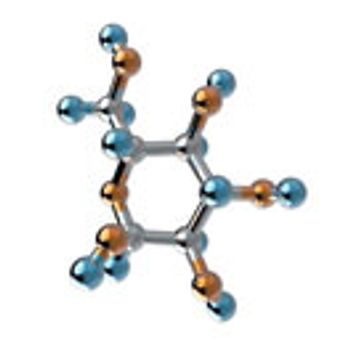
Data acquired from osmolality, glucose, and folic acid tests provides useful information for the specific identification of cell-culture media.
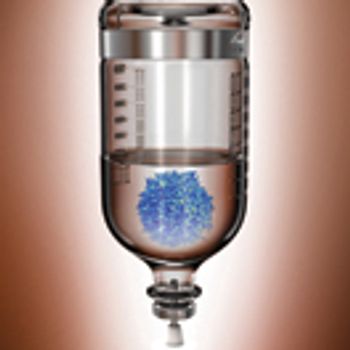
Early successes drive the need to overcome safety issues, increase efficacy, and address manufacturing challenges.

Developers of CAR-T cell therapies with products showing successful early-stage clinical results are currently seeking manufacturing capacity that will enable the production of the larger quantities of material needed for Phase III trials and eventual commercialization.

Cell therapy companies are attracting interest from investors, and drug companies are seeking partnerships and acquistions to accelerate development.

The National Institute of Health will conduct an internal review of the National Cancer Institute’s cell manufacturing facilities, which will affect multiple Kite projects.

Adheren relies on chemical modifications, rather than genetic engineering, to create its cell-based immunotherapies.

The pharma company revealed in a fourth quarter call that it will improve its cell-culture capabilities by focusing on the use of naïve, highly proliferative cells to manufacture its CAR-T drug candidate.
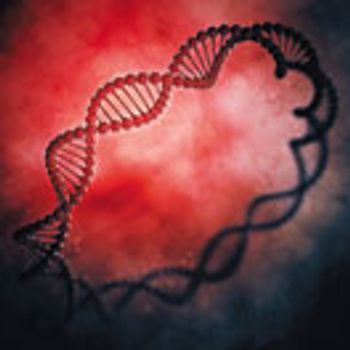
The authors describe the ways in which manufacturers can mitigate the risks related to the integrity of recombinant transgenes expressed in CHO cells.
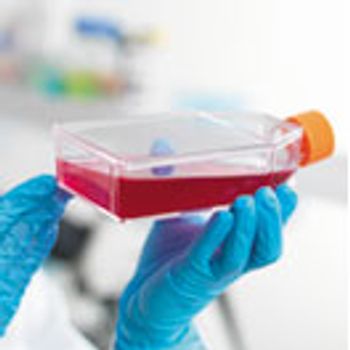
The necessity to detach cells from a culture substrate during cell harvesting remains one of the most challenging steps in a cell-culture process.
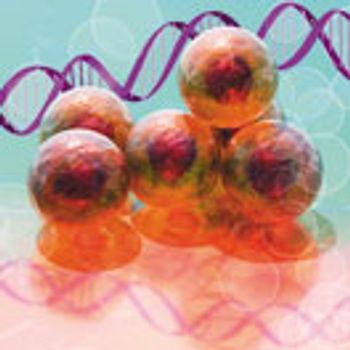
Rapid methods to test CAR-T therapies for potential contamination are on the horizon.
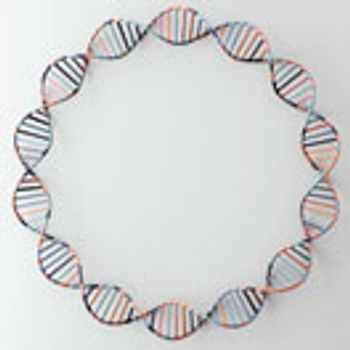
The authors describe the impact of the knocking of the pgi gene of the wild type MG1655 strain on the growth kinetics of plasmid-free and plasmid-bearing cells.

The Cell Therapy Catapult, University of Birmingham, and Cancer Research Technology collaborate on CAR-T cell immuno-oncology therapy development.
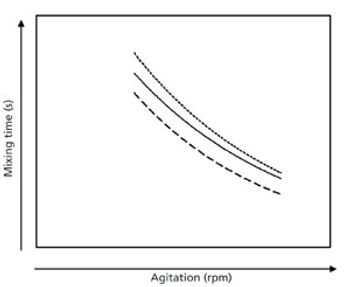
The authors conclude that miniature bioreactors can adequately predict the cell culture kinetics in scaled-up reactors using equal mixing times.

TxCell signs strategic agreement with MaSTherCell for European manufacturing of its cell therapy products.
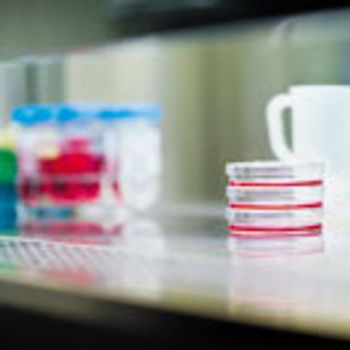
Use of a subspace model is a viable method to characterize process space variables and optimize process performance.

Growing differentiated cells from stem cells may now be a bit easier than before, thanks to the findings from a new study on the production of liver cells. The study, backed by the Centre for Regenerative Medicine and published in Stem Cell Reports, finds that laminins may be a crucial element for the successful clinical-scale production and culture of stem cell therapies. The UK Regenerative Medicine Platform, the European Union Seventh Framework Programme, and the German Federal Ministry of Education and Research funded the research.